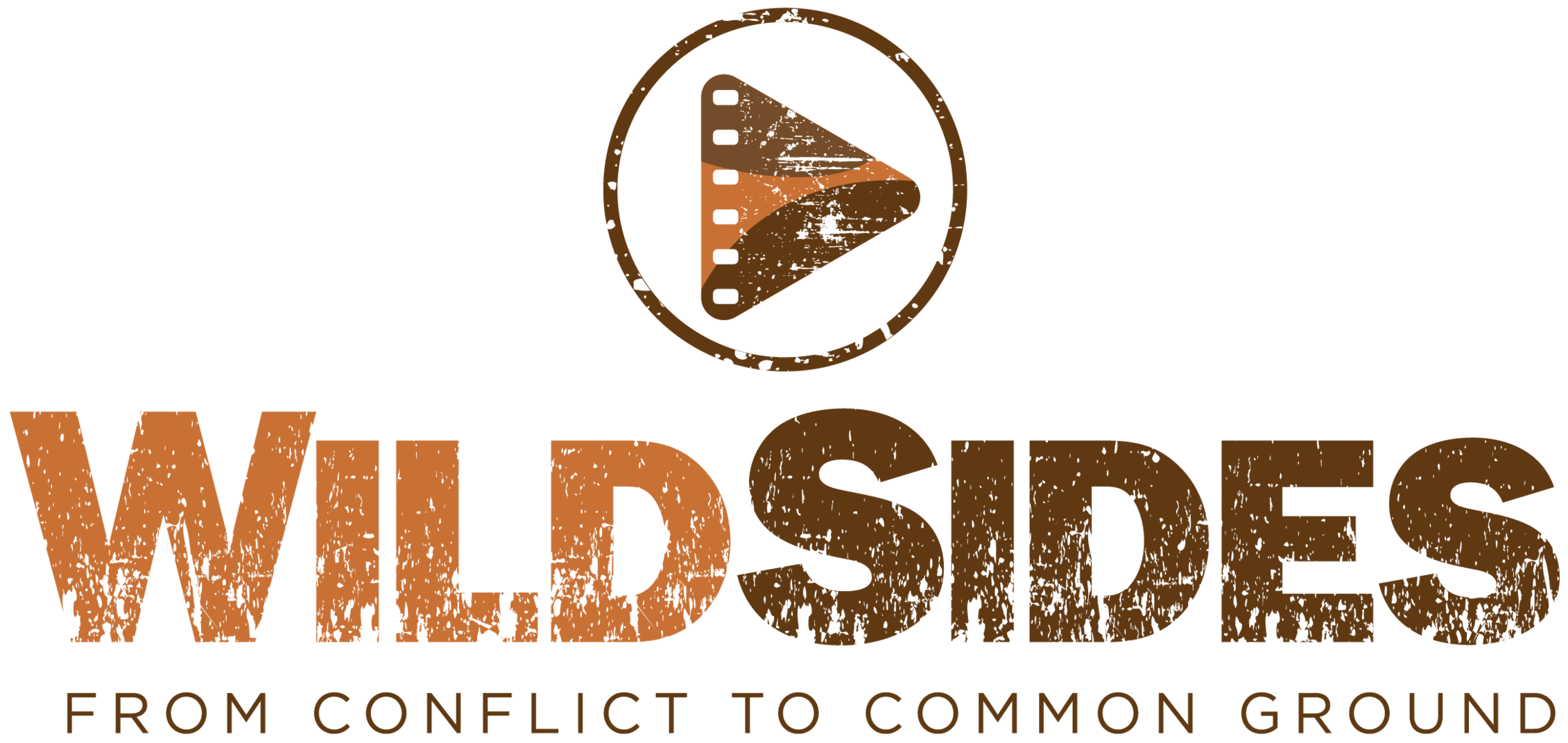Soybeans, Cotton and Me
This is the third of a five-article series by WildSides intern Erica Krol. Join her journey as she explores the connections between endangered species, pesticide use and all of us. Enjoy!
My mind cannot seem to shake the fact that just two pesticides adversely affect so many endangered species in the U.S., and that these species are so connected to me.
While volunteering to watch kindergarteners at an event, several of them run circles around me. I notice that one young boy is sitting at the table across the room coloring. He is wearing a dark blue cotton t-shirt with Spiderman on the front in his mid-swing with webs beginning to shoot from his wrists. I slowly walk over, so as not to disturb his concentrated frenzy of crayon color-choosing, and notice he is drawing something that seems to resemble the shape of a bat. However, because you can never be sure what 5-year-olds are drawing, I decide to ask. Very confidently he exclaims “I’m drawing a bat!” I color with him for a while, but I continue thinking about how even this young boy is connected to this important endangered species.
After my shift is over, I say goodbye to this boy and all the other kindergartners who are still joyfully running around. I put on my winter coat and thoughtfully walk back to my dorm as the snow lightly falls. I realize that this issue is much bigger than me and really does impact more people than I thought it would, including this 5-year-old boy. So, what can I do now?
With my laptop at the ready, I decide to do research on exactly what crops we use these two pesticides. Since I feel confident that my relationship to endangered species is important, I want to figure out exactly how I am connected to the use of these pesticides. Even though I have always known that we use pesticides, rarely do I ever consider this fact in my everyday life. But, even if I am not aware of the presence of these pesticides, could they still affect me in other ways?
I first go back to the EPA study and find that, of all the uses of these two pesticides, they are heavily applied to cotton and soybean crops. These are two of the most frequently harvested crops in the United States and they are spread over much of the south and the Midwest. Though these two specific pesticides may not be used on every single farm that grows these crops, many of the farms could apply these pesticides.
Cotton Crop
I am still not quite sure how I can relate to these crops. So, my next step is to figure out how these crops are used by people in the United States. After searching online for another 20 minutes, I find that we use cotton and soybeans to produce much more than I originally thought. Cotton is used to produce clothing, upholstery, stuffing for furniture, some plastics and insulation. It can even be used in some cosmetics. Though the uses of cotton may not be too surprising, I find the uses of soybeans are much more startling. We use soybeans mainly to produce oil used in cooking and frying food. But we also use soy in candles, ink, foams, some building materials and even in most crayons.
I immediately realize that these two crops are in many of the things I use every day. I can hardly wrap my head around this. So many of us rely on cotton for the clothing that we wear. The couches I lounge on, after a long day of work or classes, are made from cotton. Even the insulation in the walls of our buildings might have cotton in them. Cotton keeps me warm during the winter while I sit on the couch in front of the window and watch the snow fall.
Soybean Crop - United Soybean Board
I now begin to think about soybeans. First, I eat many things that use cooking oil: french fries, fried fish, fried chicken and even the dressings I put on my salads. As I look around my room I notice three candles. I wonder if they all use soy. Then I think back to earlier in the day while coloring with the kindergartner and the many crayons we used to create those silly drawings. Who knew tasty foods and coloring could both stem from the same crop?
The products created from these crops certainly impact me, and they seem to impact most people in the United States. I try to imagine what my life would be like if I could never use any of these products again. I would have to buy more expensive clothing that didn’t contain cotton. But I then realize I could buy clothing made from organic cotton. I wouldn’t be able to eat some really yummy foods that use oils from soy. But there are other tasty foods that do not contain these oils. I also wouldn’t be able to read a newspaper or even some of my favorite books. But, again, I consider that there are other types of inks used in printing, such as water-based inks.
I now realize that I am much more connected to these crops, and these pesticides, than I ever could have imagined. Though I feel very connected to these endangered species, I am starting to see why it is convenient and helpful to use these pesticides. They are used on crops found in many things I use in my everyday life.
Sources
The Environmental Protection Agency: https://www.epa.gov/pesticides/epa-releases-final-biological-evaluations-three-chemicals-impacts-endangered-species
United Soybean Board: https://unitedsoybean.org/
World Wildlife Fund, Soybeans: http://wwf.panda.org/what_we_do/footprint/agriculture/soy/soyreport/soy_and_its_uses/
North Carolina Soybean Producers Association: http://ncsoy.org/media-resources/uses-of-soybeans/
Cotton Australia: http://cottonaustralia.com.au/cotton-library/fact-sheets/cotton-fact-file-cotton-properties-and-products
Cotton Acres: https://www.cottonacres.co.uk/
Photo Credits
Cotton Crop: https://commons.wikimedia.org/wiki/File:Paxta11.jpg
Soybean Crop, United Soybean Board: https://www.flickr.com/photos/unitedsoybean/9621771533


